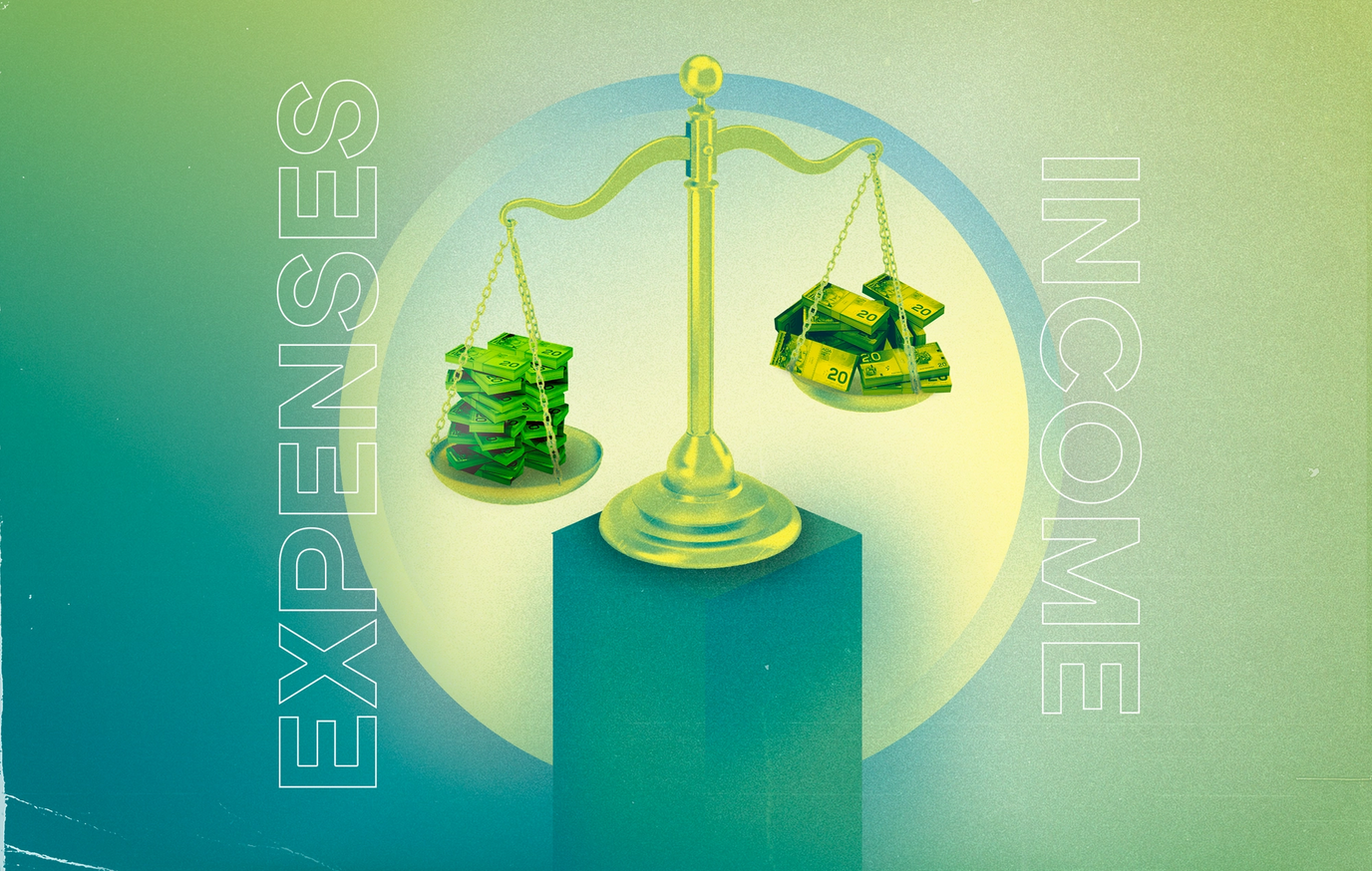Back
Good Ways to Stop Unnecessary Spending
5 min read

Written By
Gaby Pilson
Need help cutting back on spending? These eight tips can stop you from buying stuff you don't need.
The Cash-Only Budget works well because it's simple. When you first try it, skip the "wants" and focus just on essentials.
We've used cash envelopes ourselves and found they really work. Try the cash method with any of the tips below, or just pick one to help you avoid unnecessary purchases.
Earn Interest.
8 ways to save money
1. Meal plan
Plan your meals to avoid buying extra groceries. Use any gift cards for things you actually need. And don't forget to check for loose change around the house – you might be surprised how much you find.
2. Find free fun
Boredom often leads to spending. Look for free or cheap activities near you. Many libraries now offer passes to museums and attractions. Check out a "Little Free Library" or have a park picnic. Sometimes the best stuff costs nothing.
3. Learn something new
When you're trying to save, it helps to pick up some tips. Try a free online course or read blogs about saving money. There's tons of free financial info out there.
4. Clean up
Weekends don't need to cost money. Cleaning your home burns energy and stress. You might even find things to sell while decluttering. Plus, seeing all the stuff you've bought and forgotten can be eye-opening.
5. Get a money buddy
Find someone to help keep you on track with your money goals. Check in weekly or call them when you're about to make an impulse buy. They'll remind you why saving matters.
6. See your progress
Make a chart that shows how your savings are growing. Looking at it daily keeps you motivated. This can be a fun project for the whole family.
7. Shop around
Before buying something expensive, check prices at different stores. Are groceries cheaper somewhere else? Are there coupons? Always look for savings on big purchases.
8. Build better habits
Habits are hard to change. Figure out what makes it tough for you to stop spending. Then adjust your routine to avoid those traps.
Get a Cash Advance.
Spot your money leaks
Sara, one of Mike Chen's clients, found out she was spending $300 monthly at Second Cup. Her daughter's classmate realized he was dropping $150 on phone games. That adds up fast.
We often don't notice these small expenses piling up. Many just quietly come off our credit card each month.
Start by taking an honest look at where your money goes. Not sure what counts as non-essential? Here are some examples:
Streaming services (Crave, Apple TV, Amazon Music)
Food delivery (Skip the Dishes, HelloFresh)
Cafés and takeout food
When you track every purchase, you'll see how quickly the non-essentials add up. Mike suggests keeping your receipts for a month and totaling them up. You might be surprised by what you find.
Cut back smartly
Try the rule of three to control spending. Allow yourself just three subscriptions under $20 each month. After a few months, ask if you're still using them enough.
And avoid automatic payments when you can. When you have to manually pay for something, you're more likely to think twice about it.
Take control of your money today
Saving money doesn't have to be complicated. Start with just one of these tips this week. Maybe track your spending for a month or try meal planning next weekend.
Remember that small changes add up over time. Cutting back on that daily coffee or cancelling one unused subscription might seem tiny, but that's money back in your pocket each month.
The hardest part is getting started. Pick the tip that feels most doable and give it a try. You might mess up sometimes - we all do. Just get back on track the next day.
Your future self will thank you for the money habits you build today. Even saving a little now can make a big difference down the road. Starting with a KOHO account that combines spending, saving, and cashback can make your money work harder for you.
What's one small change you could make this week?
Open Account.

About the author
Gaby Pilson is a writer, educator, travel guide, and lover of all things personal finance. She’s passionate about helping people feel empowered to take control of their financial lives by making investing, budgeting, and money-saving resources accessible to everyone.
Read more about this author